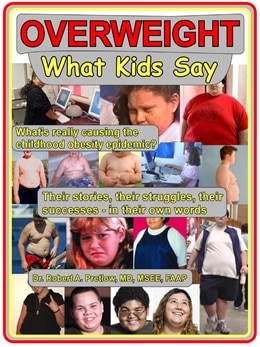We Are All From Ipanema

The previous post referenced the Girl from Ipanema, who was, by the way, a real person. At the tender age of 17, Helô Pinheiro inspired the world-famous song. Between the days of her international fame and the present, things have changed a lot, as suggested by the title of a New York Times article, “Brazil, Land of the Thong, Embraces Its Heavier Self.” It was published almost four years ago, so matters could only have gotten worse since then. In fact,
In 2020, nearly 29 percent of Brazilians older than 20 were obese, up from roughly 15 percent in 2000, one of the largest increases of any country over that period … Among the 10 most populous nations, only Mexico, the United States and Russia had higher obesity rates, ranging between 31 percent and 37 percent, according to the data.
Journalist Jack Nicas took a penetrating look at the Brazilian city of Recife, which had been dubbed one of the fattest in the country. He spoke with Karla Rezende, an activist who worked for the passage of laws designed to make the lives of overweight and obese people a bit less traumatic.
When Rezende discovered that passenger plane seatbelts did not fit her, she went the political route and worked for laws that would cause that situation to be rectified. Reforms have included practical measures like the installation of larger desks in schools, as well as the requirement to make teachers conscious of weight-based discrimination so they can pass the knowledge on to students.
Fresh vocabulary
The official language of Brazil is Portuguese, which now contains the word “gordofobia,” meaning discrimination based on weight. Gordofobia is vigorously discussed on local television, and millions of citizens fill the social media with discussions of it. Here are two of the shocking subjects.
Brazil’s biggest pop star, Anitta, has made waves by including obese women in her music videos, and sometimes by not even editing out her own cellulite. And after the Brazilian country-music star Marília Mendonça died in a plane crash last year, some journalists and commentators who mentioned her weight in that context were widely criticized.
Making a federal case of it
While in some countries, overweight acceptance just quietly advances, in Brazil, it became a major focus of the media, and a topic of fierce debate on the city, state, and national levels. In 2015, federal law classified overweight as a form of disability that needed to be protected by such measures as wide seats on public transportation and in soccer stadiums. The state of Rondônia legislated a guarantee that overweight people should be entitled to dignified treatment and untrammeled access to all places, along with being shielded from gordofobia.
Three states adopted a day, September 10, when overweight people’s rights are promoted. This part is not written, but it is a fundamental human right: not to be expected to have a perfect body with perfect curves. Another unspoken but existing right is not to be coerced by public opinion into submitting to bariatric surgery because other people believe you take up too much space.
Longtime Childhood Obesity News readers will remember Rebecca M. Puhl, Ph.D., whose area of expertise is the treatment of obesity by media outlets. This scholar has taken quite an interest in how Brazil is handling the matter. Nicas mentions an example:
[A] judge ordered a comedian to pay a $1,000 fine for making jokes about an obese Brazilian dancer’s weight. “The defendant exuded unequivocal gordofobia,” the judge said in the ruling. Freedom of speech is allowed, the judge added, “but it’s the state’s duty to protect minorities.”
Dr. Puhl remarks that most other countries, including the USA, are lagging behind Brazil in making sense out of all this. We may not want to go as far as punishing comedians for what they say on a nightclub stage, but there are plenty of other areas where we could stand some improvement. In 1976, Michigan was way ahead of the crowd in passing a law that “formally protected people from weight discrimination,” but other states have not followed the example.
Meanwhile, Brazil has continued to enact statutes meant to discourage gordofobia. Still, residents of that country say that despite a decade of progress, the sought-after improvement has proceeded at a glacial pace.
What has happened much more quickly is the increasing poundage of almost everyone in almost every country on the planet.
Your responses and feedback are welcome!
Source: “Brazil, Land of the Thong, Embraces Its Heavier Self,” NYTimes.com, 02/27/22
Image by guertzen/Pixabay










 FAQs and Media Requests:
FAQs and Media Requests: 











